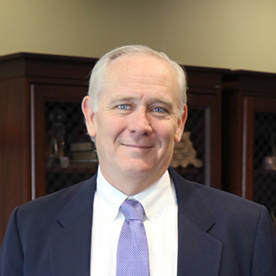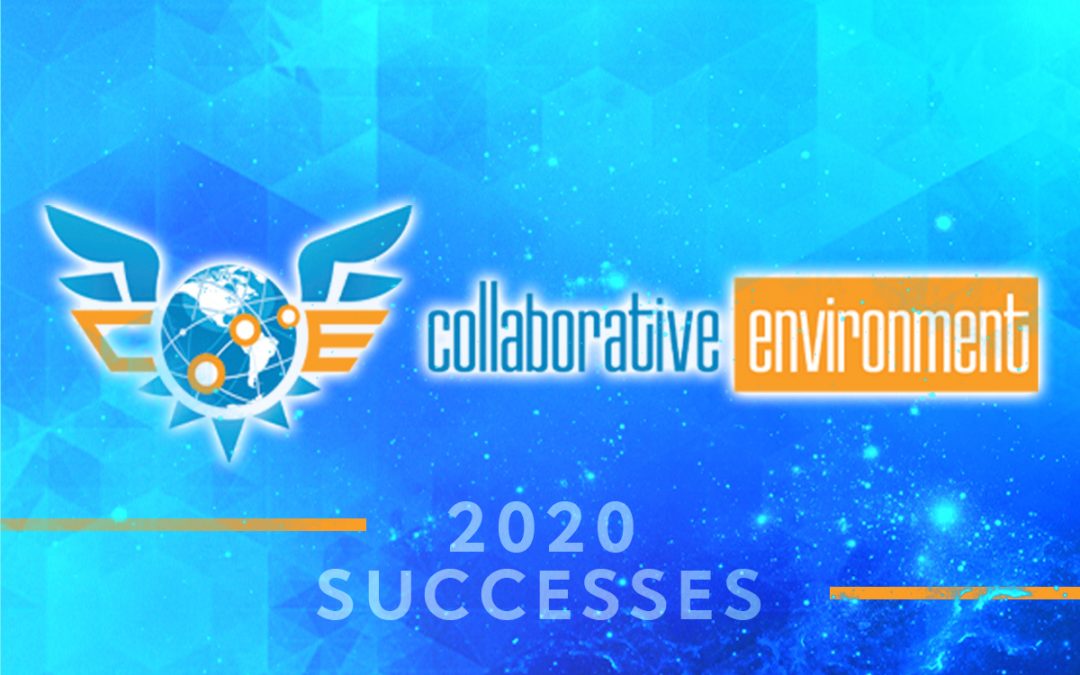While 2020 was a challenging year for everyone, the Collaborative Environment (CE), an Air Force Global Strike Command (AFGSC) partner, persevered to deliver results with a multi-million-dollar impact.
This Air Force partnership, while a recent development, is producing results on par with similar existing organizations that have a significant amount of experience. Air Force Global Strike Command has placed a premium on innovation and is leading the way in the Air Force setting the example for technology transfer and transition.
CE is an agile team of talented employees within the Cyber Innovation Center (CIC), a 501c3 not-for-profit business. Every day they act as partners with AFGSC headquarters under a Partnership Intermediary Agreement (PIA) relationship that allows them to work on projects alongside the headquarters to find quick and efficient solutions that directly benefit the warfighter and revitalize the Air Force nuclear enterprise.
Since 2017, the CE has been performing analysis, education, innovation, and collaboration to help meet AFGSC challenges spending $20 million in a variety of industry sectors, with most of those dollars invested locally. Craig Spohn, CIC president and executive director, noted the ability to provide a space that fosters collaborations between local and visiting industry, academic and government officials in state-of-the-art facilities is extremely valuable.
“The delivery of 133 collaborative events hosting more than 5,000 attendees with a total local economic impact of $2.3 million speaks to this,” he said.
“In 2019, we saw a 67% increase in events. And, even with COVID-19 restrictions, we still maintained that number of events in 2020,” Spohn added.

In 2020, CE completed 70 technology transfer and transition events, including two major Air Force wargames in Global Engagement and Global Mobility, hosting 1,351 people. These events have generated a significant local economic impact and supported more than 150 direct and indirect jobs.
While events are high impact, the most substantial contributions are occurring with technology transition projects, “None of which would have been possible without the commitment and support from the Louisiana Congressional Delegation,” Spohn said.
In 2020, CE added 19 projects to its portfolio, bringing its total number to 38. These projects were on topics such as advanced nuclear enterprise data analysis, nuclear communications modeling and simulation (M&S), High-altitude Electromagnetic Pulse (HEMP) studies, an undergraduate/graduate student Internship Pilot Program with Louisiana Tech University, a senior officer course on nuclear command and control, robotic process automation, nuclear security M&S, and COVID-19 outbreak modeling for 61 installations.
Last year, the CE team stood up personnel and infrastructure to allow for rapid data analysis to occur. This was evidenced in the September 2020 Blue Ribbon Portfolio Digital Engineering Platform (PDEP) Panel in which Air Force Chief Data Officer Eileen Vidrine referred to PDEP as an “exemplar Air Force data program.”
Furthermore, AFGSC selected the PDEP program as the AFGSC Analytical Team of the Year, which will compete to be no. 1 in the Air Force.
Jeff Beene, CE director, went on to explain that the NC3 M&S effort is well on its way to providing AFGSC great capabilities while also expanding the educated work force in the local area.

“Louisiana Tech Research Institute has succeeded in bringing amazing talent to the development of all the nuclear command and control courses. The new Internship Pilot with Louisiana Tech is providing undergraduate and graduate students research and development opportunities while working alongside AFGSC and industry teams, magnifying the ability to find solutions, and developing a high-tech workforce with security clearances that can go on to work in military and industry,” said Beene.
In the area of innovation, the STRIKEWERX innovation hub opened May 28, 2020. Since that time, STRIKEWERX has held multiple design sprints — an event that seeks out innovative solutions within days as compared to years — that brought together industry experts and academic partners, such as LSU Shreveport, to deliver a low-cost prototype for an Airman-identified need in the intercontinental ballistic missile (ICBM) fields, as well as a prototype to solve maintenance issues for the B-52. In August, STRIKEWERX began the command’s first major challenge project to replace nuclear operations aircrew alerting technology with the next generation system.
“Our pillars are ‘Collaboration, Innovation and Realization,’ and our efforts in 2020 saw all of those come to life,” said Russ Mathers, STRIKEWERX director. “We’re excited about our successful year and look forward to many more challenge events and design sprints to solve future problems.”

Looking regionally, CE’s efforts are continuing the CIC’s overall intended impact of growing a local knowledge-based economy by attracting new industry and academic partners.
“The small, agile team we’ve assembled will ensure we can source and deliver the technology transition needs AFGSC is bringing to us,” explained Beene. “While we work hard to find regional solutions, this is not always possible. By looking outside northwest Louisiana, we can bring new capabilities to local industry, generate new opportunities and expand the region’s knowledge base. We expect more growth in our local economy along similar lines.”
Another demonstration of the PIA’s intended capability is to define the need, rapidly design the prototype and deliver it, such as the work done to develop three nuclear command, control, and communications (NC3) courses. These were developed under the PIA in months–not years–transitioned to operational status, and delivered to Air Education and Training Command in August 2020.
“Collectively, these are excellent examples of how the PIA responds to a significant need, validates the operational delivery to the Air Force, then the Air Force provides a permanent funding transition,” Beene pointed out.
Looking ahead to 2021, Beene said the new year will be an exciting time in the life of the partnership as technology transition and innovation opportunities substantially expand with the establishment of full operational capability for the CE. “The CE will continue to strengthen and grow the internal relationships with Air Force partners to improve the CE understanding of AFGSC needs and challenges,” he said. “It is anticipated at least 50 structured forums will occur during 2021. We will see expansion of STRIKEWERX to advance AFGSC’s mission. Data and software development capabilities within the CE will increase and translate to other PIA opportunities such as PDEP and NC3.”


